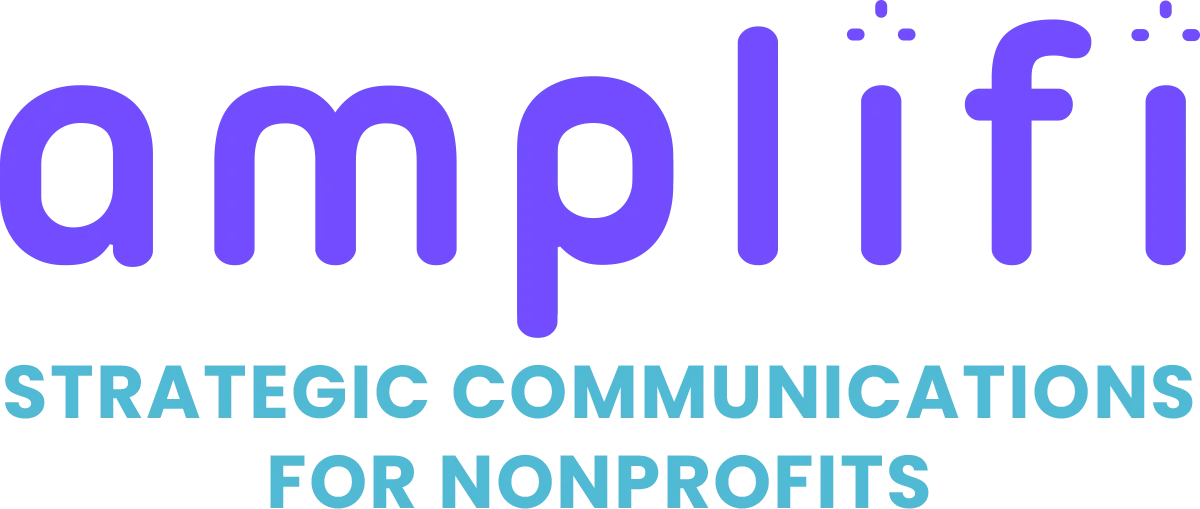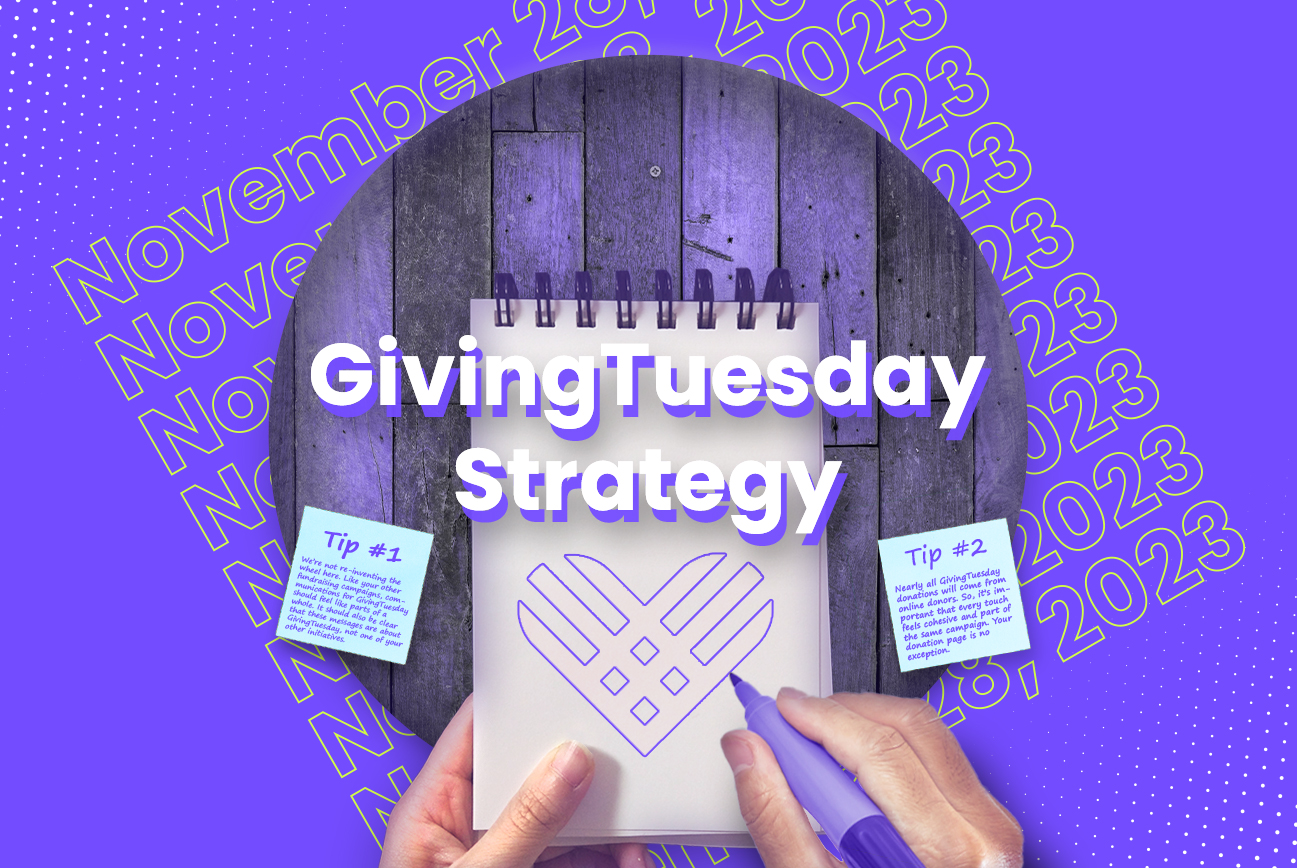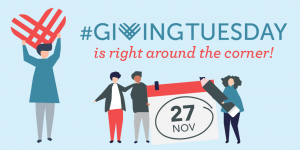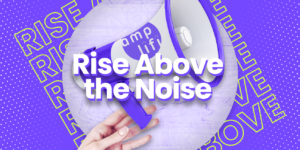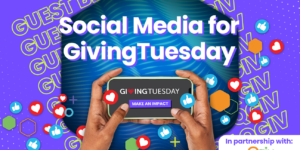The biggest day in fundraising is coming up on November 28! And if you’re like millions of other nonprofit professionals, you’re probably looking for ways to make a bigger impact with your GivingTuesday strategy this year.
GivingTuesday is a one-day event. But that doesn’t mean your entire communications strategy can consist of one or two emails the day of! After all, galas and 5K runs are one-day events, too. But you still build a robust communications strategy to support them.
You need to take a similar approach for GivingTuesday.
A multi-touch, multi-channel approach is essential. And it’s even better if you can tie GivingTuesday into other fundraising initiatives!
Whether you’re a GivingTuesday veteran or launching a campaign for the first time, consider these ten pieces of advice as you build your 2023 GivingTuesday strategy!

1. Use the #GivingTuesday brand.
We’re not reinventing the wheel here. Like your other fundraising campaigns, communications for GivingTuesday should feel like parts of a whole. It should also be clear that these messages are about GivingTuesday, not one of your other initiatives.
You don’t need to come up with a brand-new brand for your campaign!
Givingtuesday.org makes this easy for fundraisers. They provide a toolkit with logos, email templates, and other resources that make applying the existing #GivingTuesday brand to your outreach easy. Use these in your emails, social media posts, and all other communications.
READ MORE: Getting a head start on your GivingTuesday campaign.
2. Update your donation page.
Nearly all GivingTuesday donations will come from online donors. So, it’s important that every touch feels cohesive and part of the same campaign. Your donation page is no exception.
But you don’t need to create a separate donation page just for GivingTuesday.
Instead, update your main donation page with a GivingTuesday header. This will tie the experience together for donors. You can revert this page back to normal after GivingTuesday.
READ MORE: Let’s freshen up your online donation page.
3. Make it easy to give.
It should be easy for donors to give, no matter how they prefer to do so. Many third-party fundraising platforms are designed to do exactly this. They can be useful for processing many small GivingTuesday donations.
But a word of warning. While it may be easiest for donors to give directly through a third party, you may not be able to collect their information this way. If your GivingTuesday strategy focuses on the long term, you need to direct donors to your website and collect their information.
So, take steps to make the process as easy as possible once a donor lands on your donation page.
Make sure your site is mobile-friendly, loads quickly, and offers several payment options.
And remember to keep messaging on your giving pages short and sweet. Don’t overload donors with new information. Just focus on getting them through the door as smoothly as possible.
READ MORE: Does your nonprofit make it easy to give?
4. #GivingTuesday and social media.
The social nature of #GivingTuesday can help you reach a wider audience with your message. It’s one thing when your organization advocates for itself. But your message speaks even louder when others see their friends, family, and peers posting about the difference you’re making.
It’s important to create highly engaging and shareable content when building your social strategy.
Your posts should get your audience excited about your work and encourage them to spread the word about an important cause.
READ MORE: Simple strategies to amplifi your social media outreach.

5. Recruit social ambassadors.
If you need help getting your message out on social media, ask your most loyal and engaged donors to serve as social ambassadors on GivingTuesday.
Provide them with some content and ask them to post to their page on behalf of your organization. The people in their network probably have some of the same motivations as your donors. So, this can be a great way to find new supporters who fit your ideal donor profile.
If time and personnel are limited, these social ambassadors can help you fill in any gaps in your GivingTuesday strategy.
And don’t forget to ask your staff, board of directors, and others within your organization to help spread your message online!
READ MORE: Finding supporters who fit your ideal donor profile.
6. Spread the good news.
Your nonprofit would not be able to see your mission through without the help of your donors. So, keep them up to date on your progress and the impact you are making with the funds you raise.
Invite your audience to celebrate your shared success as you hit specific milestones. Of course, you will want to report if you meet or exceed your monetary goals. However, several other milestones can be even more meaningful for donors.
For example, let donors know how many people contributed on GivingTuesday this year. Then, thank them for helping your nonprofit reach more people with your message.
And when you report on fundraising totals, make sure you tie it to something tangible.
It’s not important that you raised $5,000 or $50,000 on GivingTuesday this year. The impact of that money on your mission is what matters most! So, tell donors how you will use those funds to reach your goals and thank them for making it possible.
7. Invite donors to double their impact.
Matching a donor’s gift reinforces your nonprofit’s dedication to the cause. It allows donors to double or triple their investment.
According to Double the Donation, 84 percent of donors say they’re more likely to donate when a match is offered. And one of three donors said they would give a larger gift if a match were applied to their donation.

8. Think long-term.
The most successful fundraisers don’t look at GivingTuesday as a single day to raise as much as possible. They know that the real value comes from their relationships with supporters. They look for ways to secure long-term value from GivingTuesday donors.
One way to do it is to tie your GivingTuesday strategy into your other fundraising campaigns.
With just over a month between GivingTuesday and Dec. 31, your end-of-year appeal is a great place to start.
Or you can use GivingTuesday to grow your monthly giving program. When a donor gives through your online donation page, ask if they would like to make this a recurring donation.
READ MORE: Securing long-term value from Giving Tuesday donors.
9. Track, analyze, improve.
You need to be diligent with your data to know what you can change to get better results.
This way, you can identify areas where you fall short. This enables you to try something new next year, compare results, and tweak your strategy.
For example, see how donors found their way to your online giving page. You might find your emails generate less traffic than your social campaigns. This gives you a better idea of where to focus your efforts for GivingTuesday 2024!
READ MORE: How to evaluate your fundraising efficacy.
10. Be mission-focused.
This last tip should be applied to everything we’ve already discussed in this post. No matter what cause you support, you need to stay focused on your nonprofit’s mission.
It’s OK to talk with your audience about your needs. But the amount you need to raise should never be the focus of this message!
It’s about why you are asking for that money and how it will further your organization’s goals!
Without a mission-driven approach, your fundraising will suffer. Your core message needs to touch every aspect of your GivingTuesday strategy if you want donors to care as much as you do!
Click here to talk shop about your 2023 GivingTuesday strategy!
